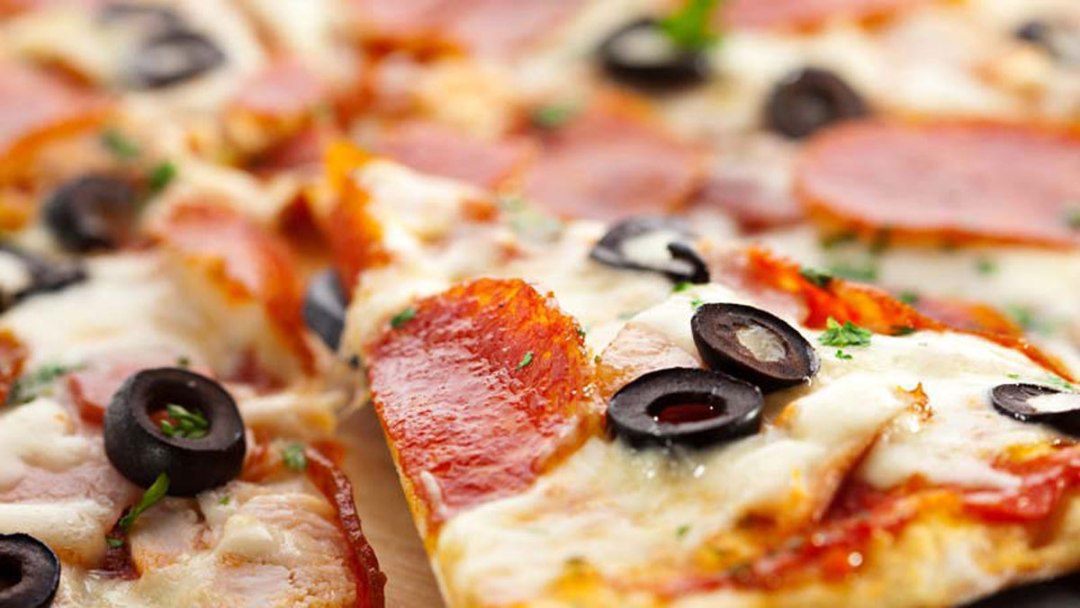Are you wondering what pizza crust nutritional value is? If so, then you are not alone. Many people today want to eat healthy and lose weight, but they don’t know where to begin to get healthy. If you want to know what the different types of crusts can do for you, keep reading.
The base or crust of any pizza is the most important factor when it comes to understanding what pizza crust nutritional value is. When using a pre-packaged pizza dough recipe, you may notice that the ingredients list does not include anything about the crust, which makes this an important factor to consider. There are three main types of pizza dough that you can use, each with its own unique nutritional value. The most popular type of pizza dough is the Vienna, which has plenty of carbohydrates to keep you satisfied, as well as significant amounts of protein and fiber.
This type of pizza crust nutritional value is partially due to the generous amount of vegetables and low calorie butter on the pizza. In comparison to regular bread, the Vienna bread is actually lower in calories. However, because the crust is thinner, it doesn’t have as many nutrients. Therefore, a thin-crust pizza dough should be eaten on its own without additional calories.
Another type of pizza crust that offers significant nutritional value is the thin-crust, which is sometimes called California. A thin-crust pizza usually offers up a moderate amount of carbohydrates, as well as protein and fiber. The nutritional value of this type of recipe is derived from the fact that it has a milder flavor than the other two and is low in calories. This is because of the lack of butter and tomatoes in the recipe, which means there are fewer calories included in the overall nutrition. Therefore, if you are trying to stay within a healthy diet, you might want to choose this pizza style for a delicious meal, though you might want to choose another option if your health requires less food per meal.
For those looking for ways to get full nutrition facts, consider baked chicken. Chicken is lean protein that offers a relatively high amount of dietary fiber, protein, vitamins, and calories. Therefore, this delicious chicken dish can offer you balanced nutrition. However, a thin crust with too much sauce can also contain a large amount of calories, which can offset some of the health benefits.
Because of the leanness of chicken, a thin-crusted chicken pizza crust can be used to avoid gaining too much weight. But, if you are worried about your health, the baked chicken should be served on its own. Baked chicken has low calories and provides a variety of nutrition facts. If you feel like you need a pick-me-up but would like to get full nutrition facts, choose a regular baked chicken, rather than one that has been fried.
A frozen pizza can also be considered healthy. In this case, you need to follow the baking instructions for frozen pizza. This delicious crust can be reduced in fat if it is baked on a wood or aluminum pizza crust. The less fat found in the frozen pizza dough, the lower the fat calories in this delectable recipe.
Most nutritionists recommend choosing a nine inch crust over a thinner ten inch crust for pizza. The smaller size can take longer to bake, which gives the eater more time to snack on other toppings. Fathead pizzas offer plenty of taste for those with strong flavors, but the smaller crusts are easier to hold on to. If you are looking for a crust with fathead pizza nutritional value, choose a nine inch dough.

